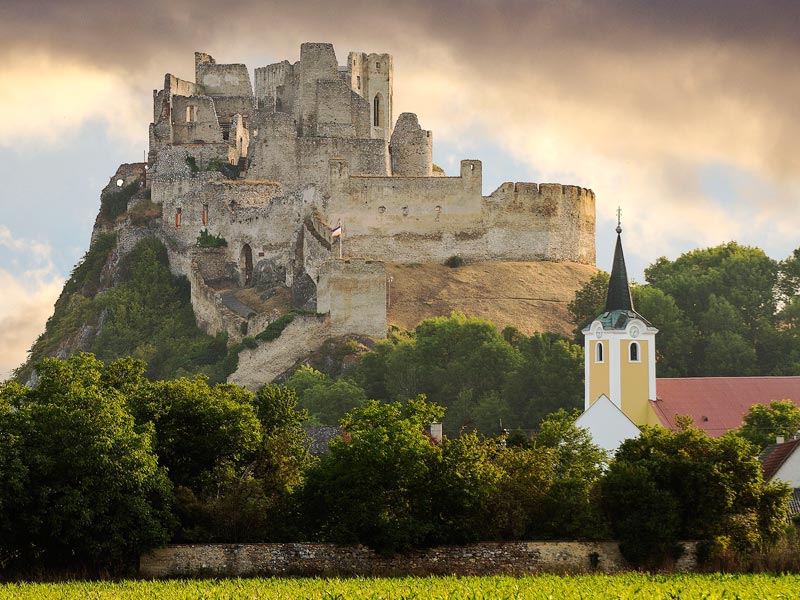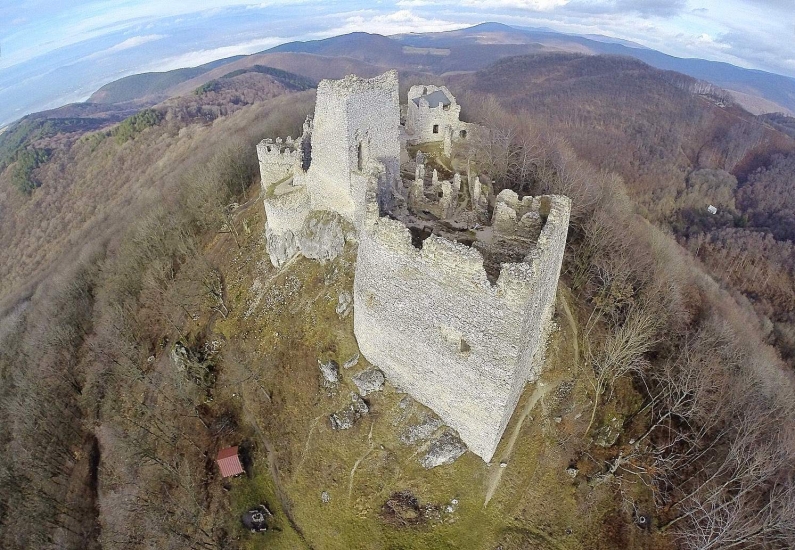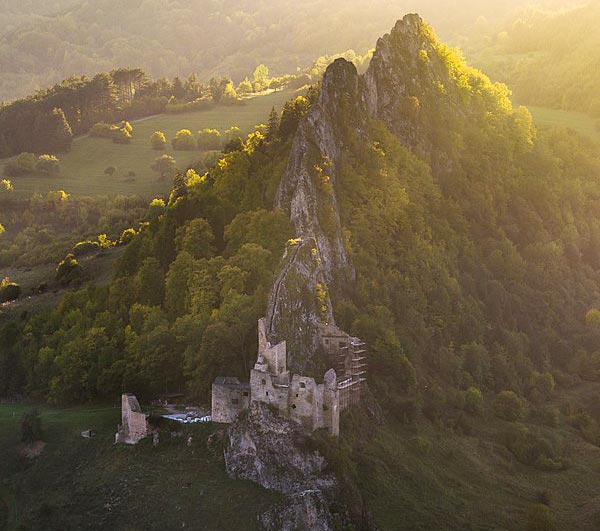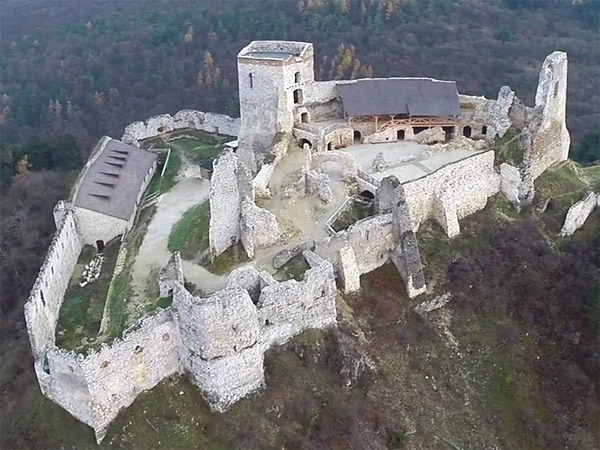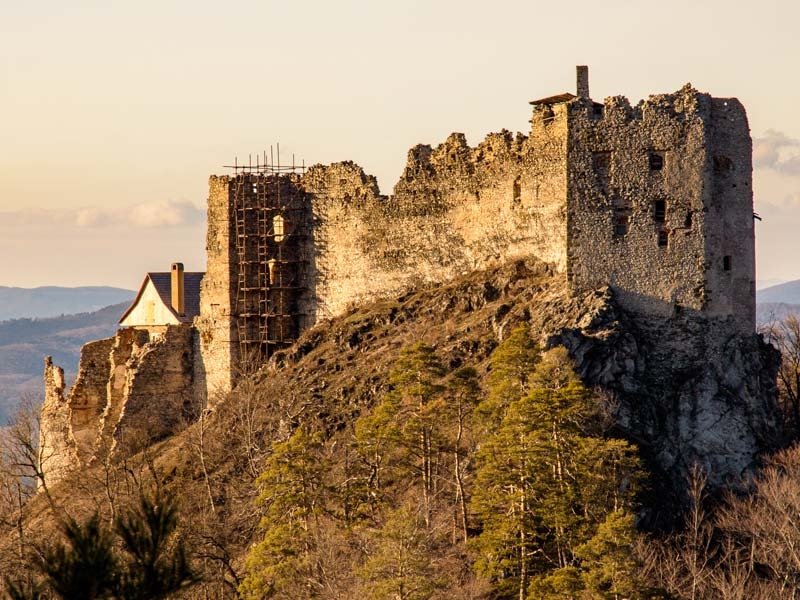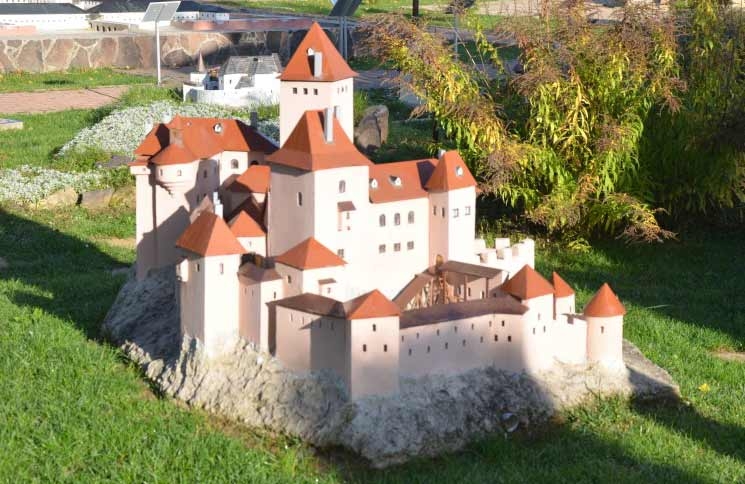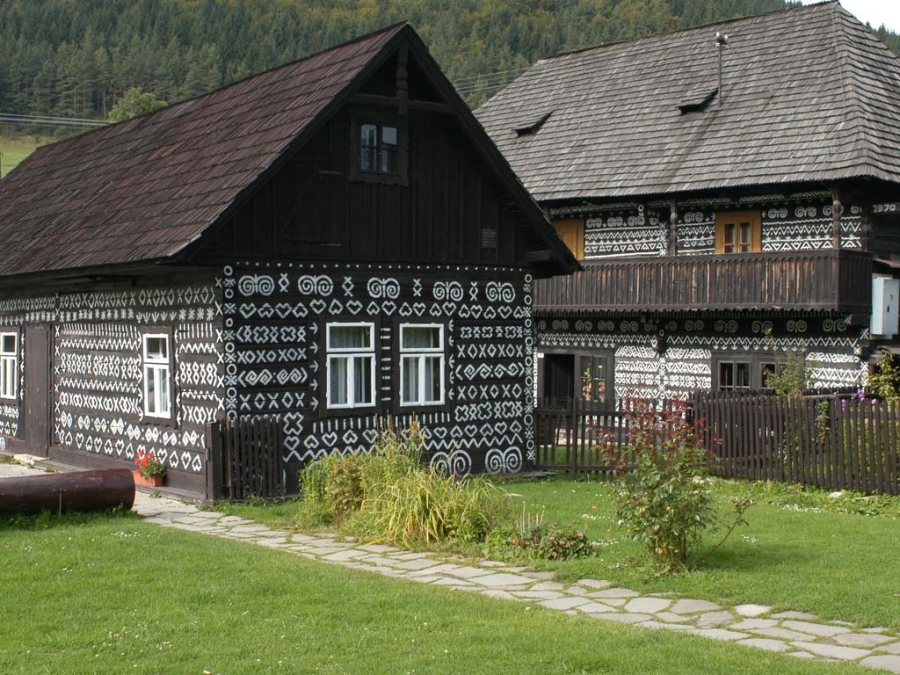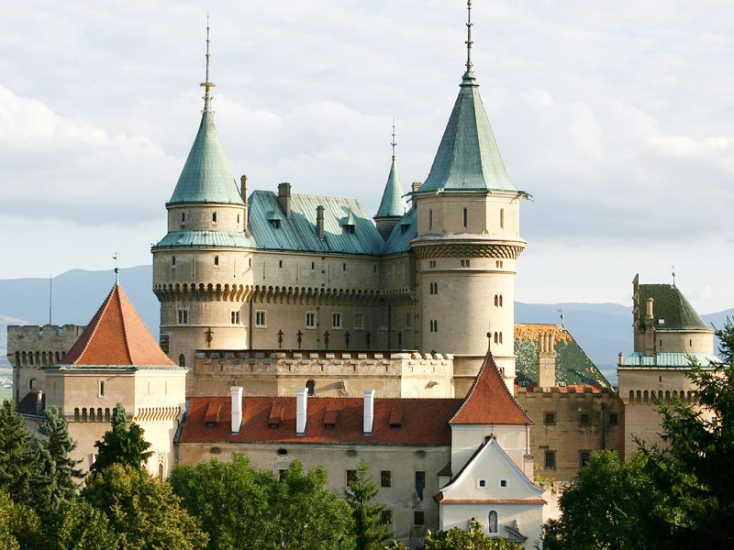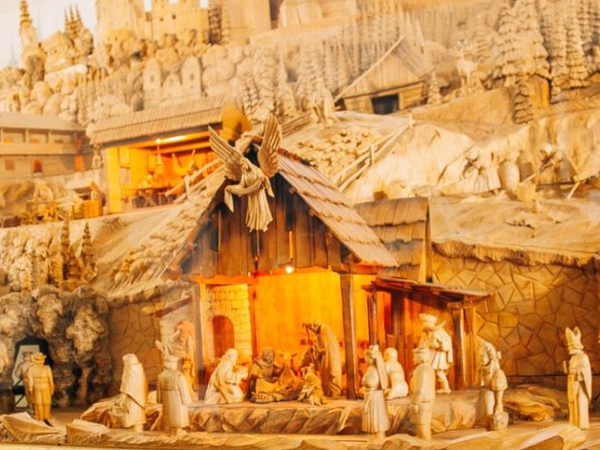Trenčín Castle
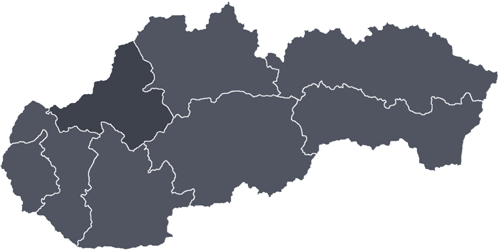
Region: Trenčín Region
District: Trenčín
City / Municipality: Trenčín
Tourist location: Považie - Middle Váh region (Stredné Považie)
Mountains:Považský Inovec
National cultural Monument
District: Trenčín
City / Municipality: Trenčín
Tourist location: Považie - Middle Váh region (Stredné Považie)
Mountains:Považský Inovec
National cultural Monument
Category: Castles in Slovakia
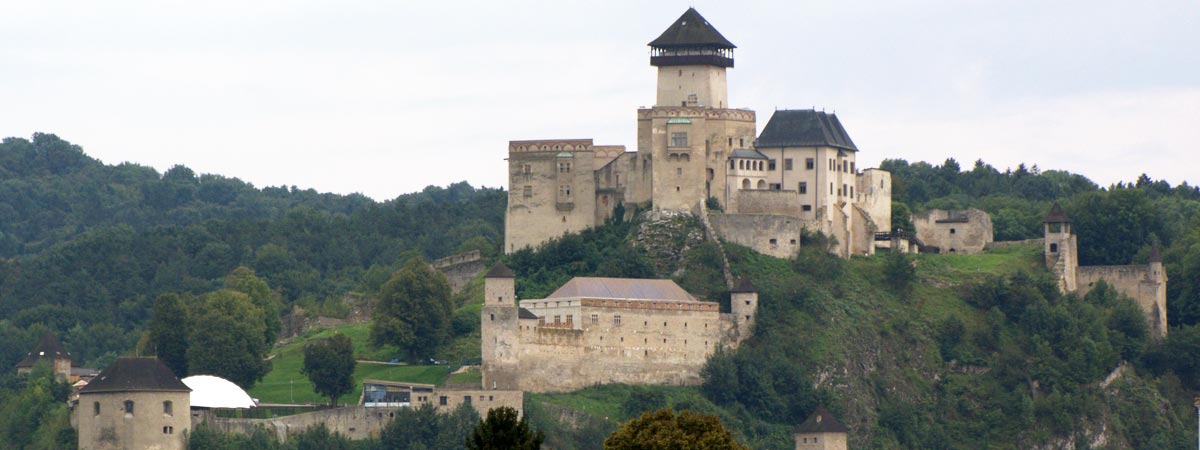
History of the castle goes back to the age of the Roman Empire, testified by the inscription telling about the victory of the II. Roman legion at Laugaricio (the Latin name of Trenčín) in 179 AD.
Campus of the castle consists of the characteristic palaces with dominating Matthew´s Tower (Matúšova veža) to which adjoin a representative gothic palaces – Matthew´s Palace (Matúšov palác), Louis´ Palace (Ľudovítov palác), Barbara's Palace (Barborin Palác), Zapolya's Palace (Zápoľského palác) and a chapel.
The building in the lower part of the castle was characterised by defensive and economic function. There is dominating cannon bastion added to the chapel and remains of the farm buildings and mill, which was archeologically discovered and marked in foundations.
In the courtyard is preserved the well-known Well of Love, which is linked to the love of the Turkish nobleman Omar to the beautiful Fatima, the captive of the castle lord Štefan Zápoľský. To rescue Fatima, Omar promised to dig out a water well in Trenčín castle in a hard rock. Three years he dig well with his companions, until the rock gave water.
The castle at this time houses exhibitions of the Trenčín Museum, documenting the history of the region and of the castle – exhibitions of historic furniture, weapons, pictures and other artifacts as well as a castle gallery, archaeological collections and findings.
Short from history
History of the castle goes back to the age of the Roman Empire, testified by the inscription telling about the victory of the II. Roman legion at Laugaricio (the Latin name of Trenčín) in 179 AD. The oldest building is a stone rotunda, plausibly founded in the Great Moravian period.
In the 13 - 14th century, the castle became the residence of Matthew Csák (Matúš Čák), the legendary "Lord of the river Váh and the Tatra Mountains".His construction activity can be seen mainly in the expansion and modification of the residential block. The tower, called Matthew's Tower (Matúšova veža), is the dominant feature of the castle.
After Matthew's death, the castle belonged to the Hungarian king until the end of the 15th century. The Upper Castle was extended by King Louis I (Luis from Anjou) to a new palace and fortification. Sigismund of Luxemburg gave castle to his wife, for which he built a new palace and chapel in the first third of the 15th century. All these buildings have been partially restored and are now used for museum purposes.
The 15th century was a century of further strengthening of the fortifications evoked by the Hussite expeditions, which at that time were directed to territory of today's Slovakia. At the end of the 15th century, the castle together with the town was owned by Štefan Zápoľský and began with extensive reconstructions. The castle buildings were the target of the Turkish expansions in the early 16th century. In spite of the fortification works of Zápoľský, the castle was captured in 1527 by the Katzianer - imperial army commander of King Ferdinand I.
Between 1540 and 1560 extensive fortifications were extended. At that time was built artillery star defense according to the projects of Italian architects and modernized the buildings according to period patterns and castle silhouette has changed, too.
In year 1790 there spread a fire in the city, which also caught the castle. In the middle of the 19th century damaged objects were preserved and secured before further disintegration. Since the late 1950s, complex reconstruction and conservation of fortification is performed. Renewed objects are gradually being used for museum purposes and for expositions.



